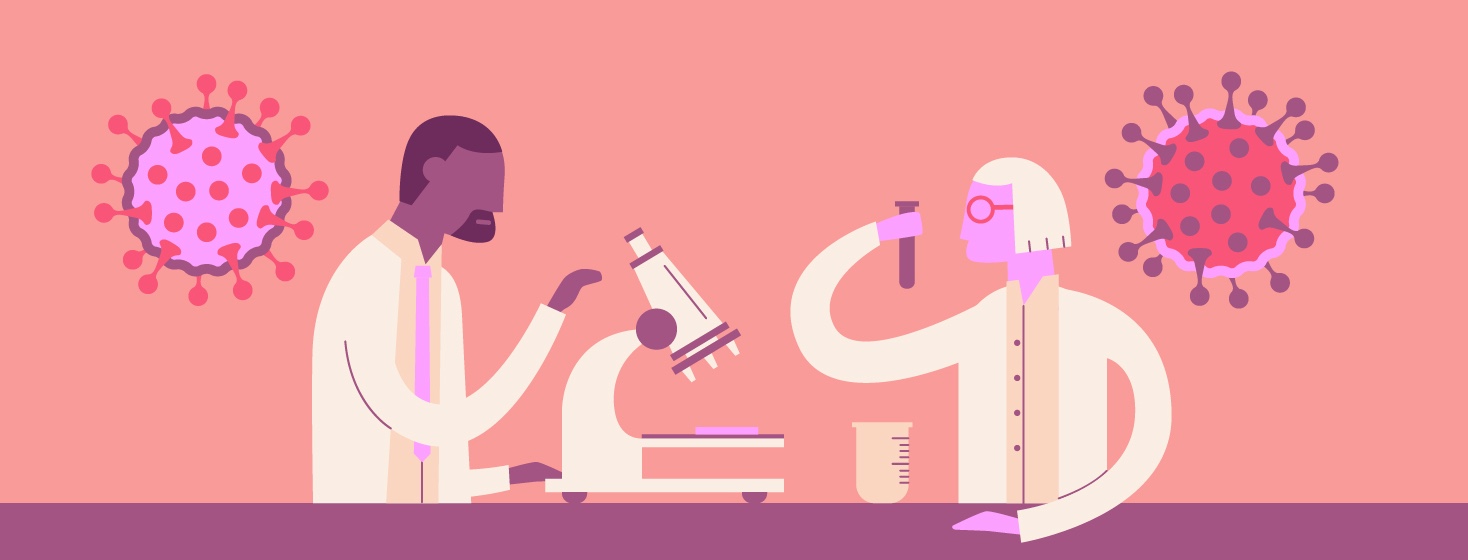New HIV Variant Found in the Netherlands
A team of researchers has spotted a new HIV-1 strain (variant) called the VB (virulent subtype-B) variant. In February 2022, the researchers announced their findings in the journal Science.1
How the researchers discovered the new HIV strain
The discovery occurred as the researchers were working on an ongoing HIV project in Europe and Africa. Initially, they found the VB variant in 17 people: 15 people in the Netherlands, 1 in Switzerland, and 1 in Belgium. Because so many of the people with the variant were from the Netherlands, the researchers looked further into it.1,2
Eventually, they found 92 more people in the Netherlands had the new strain. This brought the total of people in the Netherlands with the VB variant to 109. These 109 people showed key differences from people living with other HIV strains. The differences include:1,2
- A high viral load (the amount of virus in the blood). People with the VB variant had viral loads 3.5 to 5.5 times higher than people living with other strains of subtype-B.
- CD4 cell counts that declined twice as fast. CD4 or T cells help our bodies fight infection. A rapid decline can lead to earlier development of AIDS – especially in older adults.
- An increased risk of transmitting the virus to others.
Researchers believe the VB variant may have been in the Netherlands since the 1990s. But the number of cases has declined since around 2010. The researchers emphasize there is no cause for alarm.1-3
The VB variant responds well to treatment
The researchers found antiretroviral therapy (ART) is effective for the VB variant. People with the VB variant who were taking ART showed no significant differences from people living with other HIV strains in:1
- CD4 count
- Immune system recovery
- Survival
When not treated, the VB variant can lead to severe illness faster than other strains. So it is especially important to get tested early and receive prompt treatment. Treatment can also help suppress HIV viral load, making it harder to transmit to others.1,2
Early testing is crucial to combat HIV
Around 1.2 million people in the United States are living with HIV, but around 13 percent don’t know they have it. The Centers for Disease Control and Prevention (CDC) recommends getting tested at least once if you are between 13 and 64 years old. People who engage in activities that increase their risk of acquiring HIV may need more frequent testing.4,5
If you’re unsure how often to get tested, speak with your doctor.4
The use of PrEP in HIV prevention
PrEP, short for pre-exposure prophylaxis, means taking a drug that can prevent you from getting HIV. It can reduce the chances of getting HIV through sex by 99 percent.6,7
Like HIV testing, PrEP is another important tool used in HIV prevention and lowering the number of new cases. There are 3 FDA-approved drugs for PrEP. These drugs are Truvada and Descovy, which are taken orally. Apretude, the first injectable PrEP drug, is also available.1,6,8
There are certain guidelines surrounding PrEP. These guidelines generally include:9
- You are not living with HIV before you can start receiving PrEP.
- You need to see your doctor every 3 months. During your visit, you may receive HIV testing and request drug refills.
- You must remain HIV-negative to continue taking PrEP.
What the VB variant means for HIV research
Since its discovery in 1983, HIV has changed (mutated) numerous times. Fortunately, there are treatments that are effective for various strains. This includes the VB variant. Researchers continue to look for new strains in the hopes of keeping HIV treatment ahead of mutations.10,11

Join the conversation